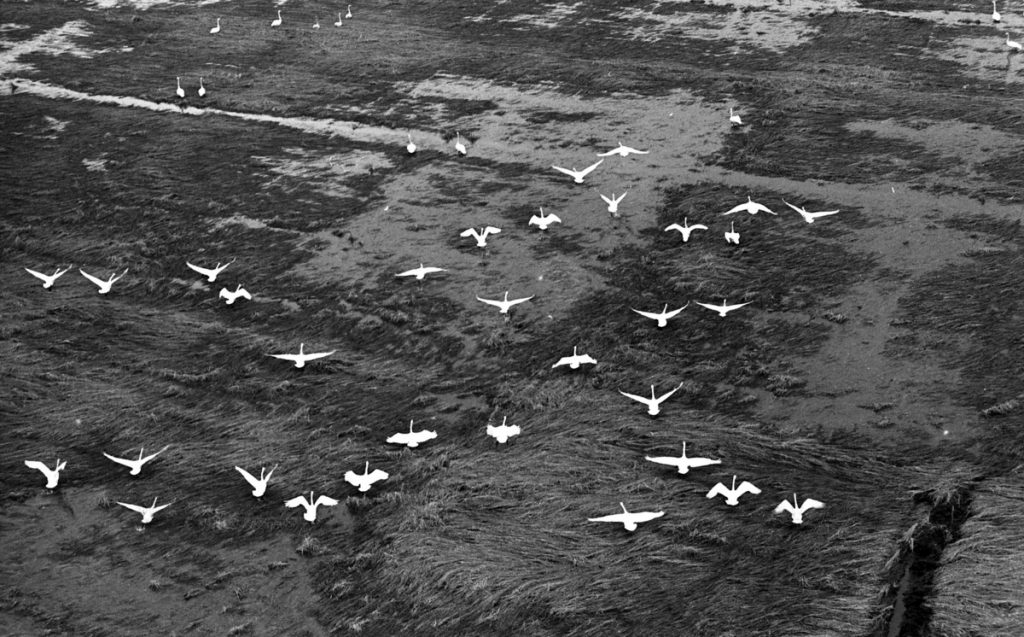
Introduction: Open GLAM now!
Welcome to ”Open GLAM now!”, a webinar series produced by the Swedish National Heritage Board! We explore in nine sessions how museums and cultural heritage institutions can open up to audiences with the help of digital data and media.
Open GLAM (galleries, libraries, archives and museums) is an international movement around open cultural heritage data. Our webinars take an introductory approach to the topic, and address questions on open collections data and support digital transformation in the cultural heritage sector. The aim of “Open GLAM now!” is to help you work on your existing data and create better open data. This is not a goal in itself – open cultural heritage data is part of a bigger mission and should help your institution and collections to reach new audiences, support researchers and to achieve your own goals.
What can you expect from this webinar series?
During the series, 22 international speakers from cultural heritage organisations and the open GLAM movement share their insights with you. Their talks cover topics such as collaboration possibilities, data quality, working with different audiences, copyright, linked open data and the creation of data-based experiences. Furthermore, we will discuss chances of enabling new connections between collections, objects, cultural heritage – and communities, researchers and creative industries. As the speakers come from very different institutions and backgrounds, we will hear about different perspectives on these topics.
How can you get the most out of ”Open GLAM now”?
You can find summaries of all sessions on this website. Furthermore, you can watch the recorded sessions. All the single presentations, as well as the complete sessions, are available in a dedicated playlist on Youtube. However, you can also go through the summaries, where you find links to the corresponding sessions and presentations embedded in the articles. All material, both the summaries and the audio-visual material, is shared under CC BY.
What is open GLAM actually?
GLAM is short for galleries, libraries, archives and museums. And what does “open” exactly mean?
”Open means anyone can freely access, use, modify, and share for any purpose (subject, at most, to requirements that preserve provenance and openness).”
Open Definition by the Open Knowledge Foundation
Open GLAM also goes back to an initiative by the Open Knowledge foundation and “promotes free and open access to digital cultural heritage”. Just like this webinar series demonstrates, it is a truly global network of people and institutions that try to make cultural heritage available to everyone.
The Open GLAM initiative has continuously worked on five principles:
1. Release digital information about the artefacts (metadata) into the public domain using an appropriate legal tool such as the Creative Commons Zero Waiver.
This means that you share the digitized knowledge your institution has about an object or an immaterial heritage practice with CC0. The purpose is to make your data reusable and discoverable –and to help spread knowledge freely. Attention: This does not mean that you have to share the digital object itself, for example an image file, with an open licence. This is just about the metadata, the information you for example have in your collection management system about the object.
2. Keep digital representations of works for which copyright has expired (public domain) in the public domain by not adding new rights to them.
When a painting’s copyright has expired, some museums add a new copyright statement for the painting’s digital image. From an open GLAM point of view, this is problematic as this practice prevents the possibility of sharing and reusing a cultural heritage that should belong to everyone. You will find more information and studies about this aspect in the documentation of this session.
3. When publishing data make an explicit and robust statement of your wishes and expectations with respect to reuse and repurposing of the descriptions, the whole data collection, and subsets of the collection.
What do you want your audience to do with your data? Several museums have released statements what they wish to see in reusing their collections’ data. Be transparent about what you expect – this is helping users to know what they can do with your data.
4. When publishing data use open file formats which are machine-readable.
When your data is not stored in a machine–readable format such as XML, JSON or CSV as structured data, computers can’t read or process it. That makes it impossible for search engines to find or access it.
5. Opportunities to engage audiences in novel ways on the web should be pursued.
Documentation is key – let users know transparently where they can find your data and services. Be open to having others work with your data –it might also help you learn more about your collection. At SOCH for example, we receive messages from users weekly who want to help by identifying places or people on photographs or enrich an object’s metadata.
Go to the first session: Let’s talk data!
Further information
Europeana (2017): Insights from Met Open Access: Why The Metropolitan Museum of Art has opened up its collections.
Griswold, William (2019): Introducing Open Access at the CMA: For the Benefit of All the People Forever.
Kapsalis, Effie (2016): The Impact of Open Access on Galleries, Libraries, Museums, & Archives.
McCarthy, Douglas (2019): Uncovering the global picture of Open GLAM.
OpenGLAM: https://openglam.org (that is also where you find the Open GLAM principles)
Sanderhoff, Merete (ed.) (2014): The Sharing is Caring anthology. Openness and sharing in the cultural heritage sector. SMK.
Tanner, Simon (2016): Open GLAM: The Rewards (and Some Risks) of Digital Sharing for the Public Good. In Andrea Wallace & Ronan Deazley (eds.): Display At Your Own Risk: An experimental exhibition of digital cultural heritage.
Further reading is also being collected in a dedicated Zotero list by the open GLAM community.

This webinar series is part of the Swedish National Heritage Board’s participation in the Europeana Common Culture project.